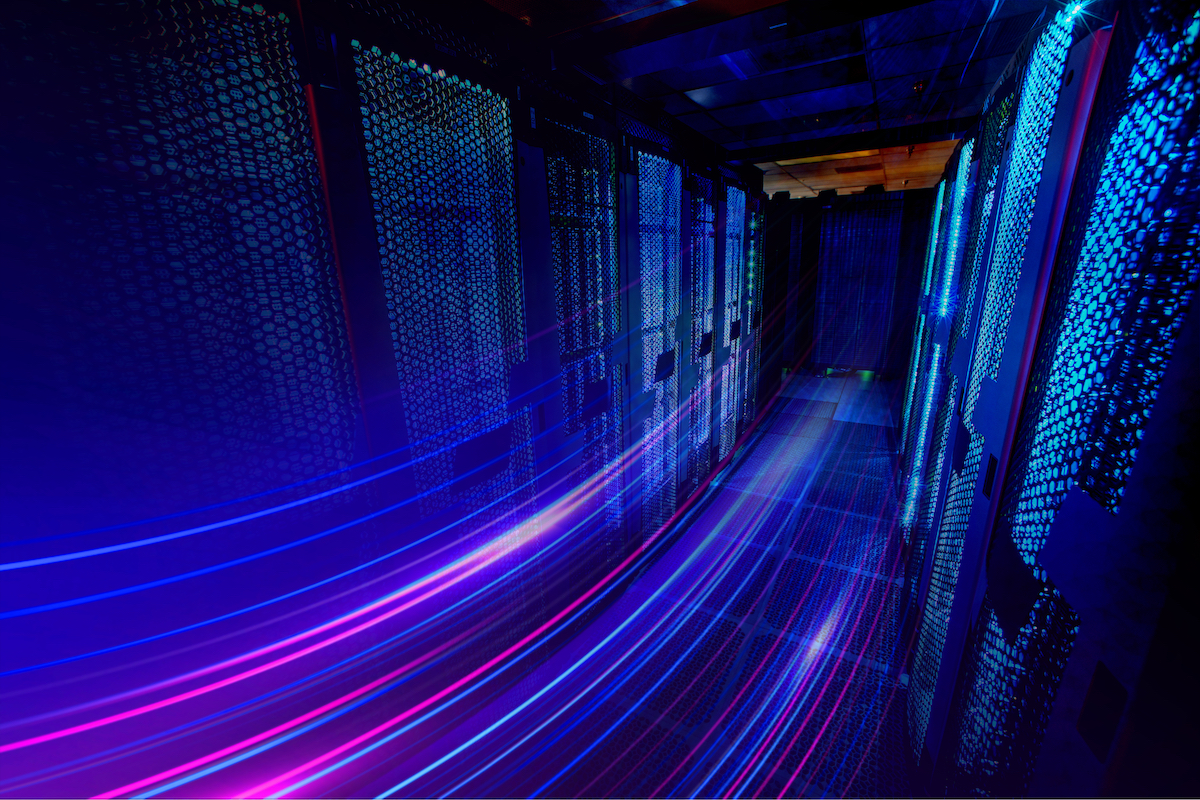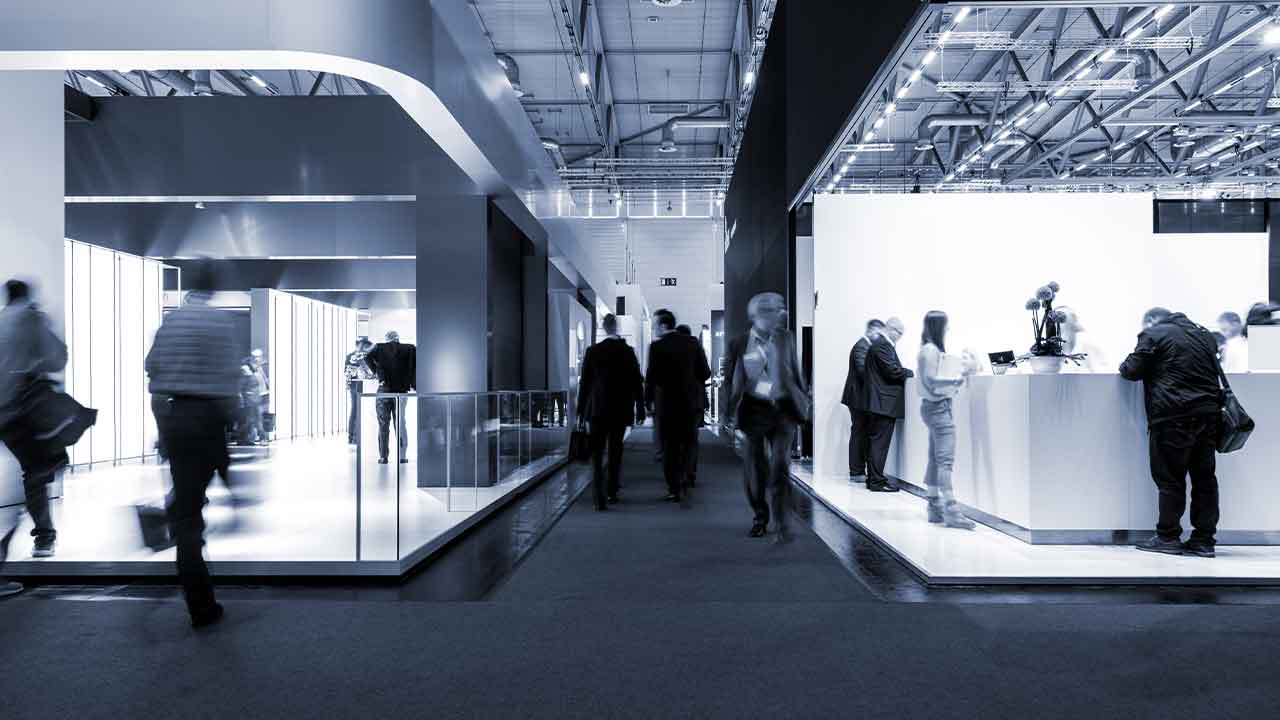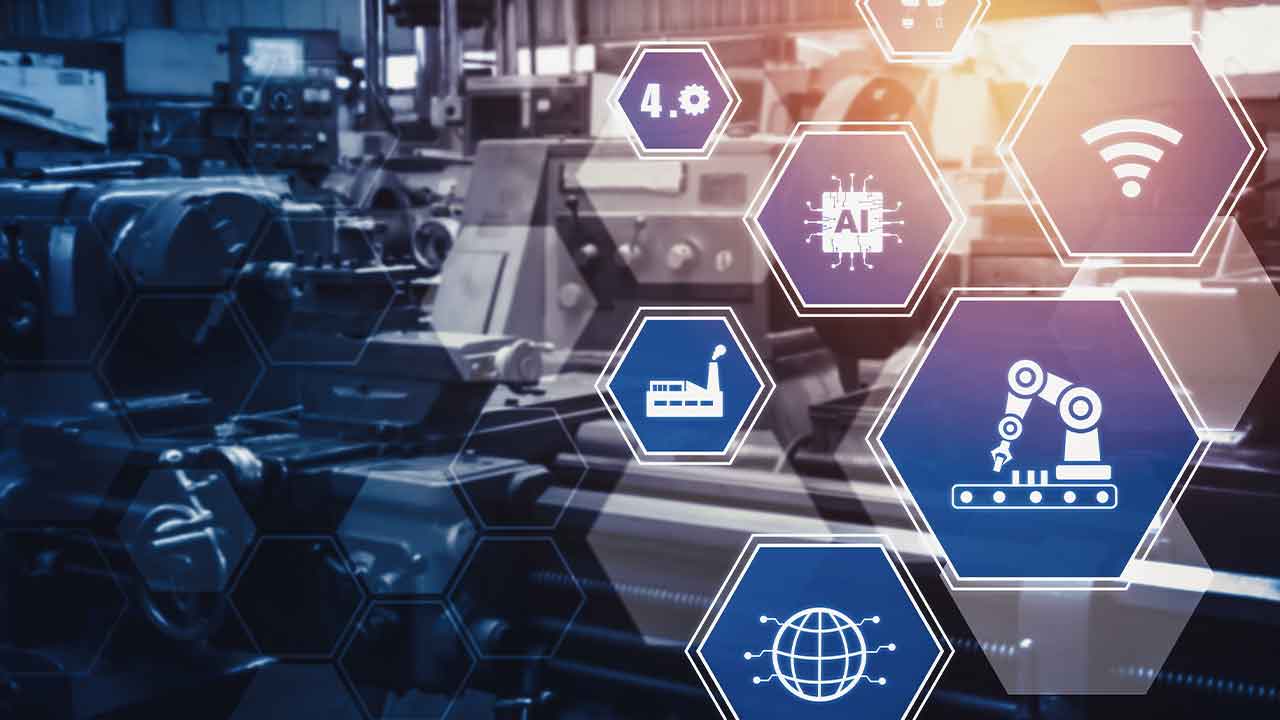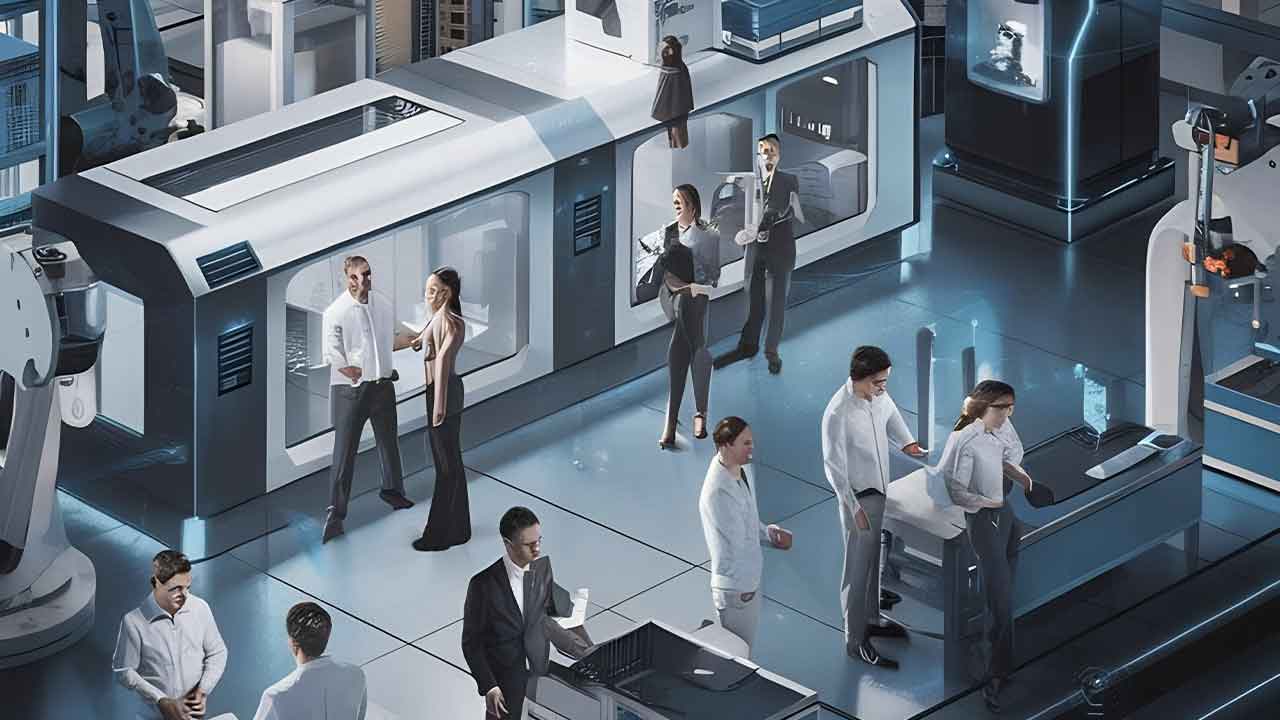Reducing Energy Costs and Carbon Footprints: Building Sustainable Data Centers
Data centers consume a lot of energy; some say it can be as much as 1.8% of total U.S. electricity consumption.
It’s why power consumption, cooling costs, and space requirements are at the heart of the sustainable data center. Technological advancements in virtual and intelligent rack power distribution units (PDUs), branch circuit monitoring, and computer devices can provide some efficiency, but a lot more is needed to not only reduce the data center’s carbon footprint, but to rein in skyrocketing costs.
The cost to power a single server rack in a data center in the US, for example, can be as high as almost $30,000 a year, depending on its configuration. By this measure, an organization with 100 cabinets could spend more than $3 million per year on data center energy alone. It’s one of the main reasons more IT professionals are zeroing in on monitoring energy consumption and operational efficiency.
You Can’t Reduce What You Can’t Measure
There are two main energy consumption sources for a data center: the operation of IT infrastructure and the use of cooling systems. According to research, anywhere between 30% to 55% of a data center’s energy consumption goes into powering its cooling and ventilation systems — with the average hovering around 40%.
We have been building eco-friendly infrastructure for years, which has helped organizations change their green profiles while lowering the costs of running their data centers. Our data storage systems enable people to both lower the amount of electricity needed and lessen the amount of floor space needed – each of which lessens the amount of cooling required. For example, our VSP series continues to reduce CO2 emissions by 30% to 40% with each new product introduction. In fact, one global customer leveraged these systems to help reduce both its energy and carbon emissions by 96%. You can read the case study here.
Visibility into performance is also needed for making capital outlay decisions, as well as for data-to-day decision making to optimize operations. Analytics is one way to help the human in the loop make better and more timely decisions on how to improve power consumption, cooling costs, and space requirements.
Disparate storage can become inefficient when underutilized, wasting capital investment and consuming power, cooling, and space resources unnecessarily. The same can be true for legacy storage systems that typically require and consume more energy than more modern equipment.
Compounding the challenge of legacy equipment is the fact that many data center floors and storage implementations have been configured without adequate consideration of heat distribution. As a result, although sensors can identify hotspots and report events and adverse conditions, once equipment has been put in place, they’re difficult to move or update without disrupting applications.
Generally speaking, IT equipment can tolerate wider ranges of humidity, which saves in cooling costs. And the use of sensors and controls can match cooling capacity & airflow with IT loads. Furthermore, DataOps practices can be applied to converge IT and building facilities functions so that energy, equipment and floor space are used as efficiently as possible. In other words, analytics can allow you to “right-size” the infrastructure and reduce energy costs.
This is an excerpt from the “DataOps & the Sustainable Data Center” article written by Steve Garbrecht & Tom Christensen. Read the full version here.



